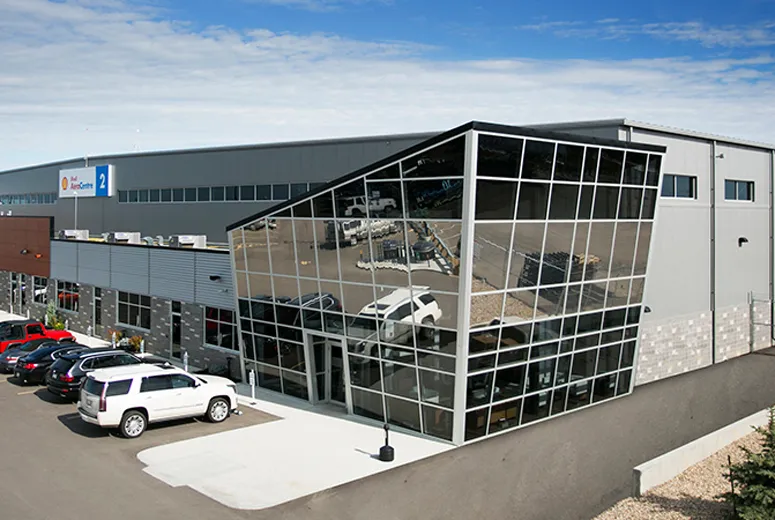- Afrikaans
- Albanian
- Amharic
- Arabic
- Armenian
- Azerbaijani
- Basque
- Belarusian
- Bengali
- Bosnian
- Bulgarian
- Catalan
- Cebuano
- Corsican
- Croatian
- Czech
- Danish
- Dutch
- English
- Esperanto
- Estonian
- Finnish
- French
- Frisian
- Galician
- Georgian
- German
- Greek
- Gujarati
- Haitian Creole
- hausa
- hawaiian
- Hebrew
- Hindi
- Miao
- Hungarian
- Icelandic
- igbo
- Indonesian
- irish
- Italian
- Japanese
- Javanese
- Kannada
- kazakh
- Khmer
- Rwandese
- Korean
- Kurdish
- Kyrgyz
- Lao
- Latin
- Latvian
- Lithuanian
- Luxembourgish
- Macedonian
- Malgashi
- Malay
- Malayalam
- Maltese
- Maori
- Marathi
- Mongolian
- Myanmar
- Nepali
- Norwegian
- Norwegian
- Occitan
- Pashto
- Persian
- Polish
- Portuguese
- Punjabi
- Romanian
- Russian
- Samoan
- Scottish Gaelic
- Serbian
- Sesotho
- Shona
- Sindhi
- Sinhala
- Slovak
- Slovenian
- Somali
- Spanish
- Sundanese
- Swahili
- Swedish
- Tagalog
- Tajik
- Tamil
- Tatar
- Telugu
- Thai
- Turkish
- Turkmen
- Ukrainian
- Urdu
- Uighur
- Uzbek
- Vietnamese
- Welsh
- Bantu
- Yiddish
- Yoruba
- Zulu
nov . 18, 2024 20:17 Back to list
The Rise of Prefabricated Industrial Buildings A Modern Solution for Tomorrow’s Needs
In an era where efficiency and sustainability are paramount in the construction industry, prefabricated industrial buildings have emerged as a revolutionary solution to meet the growing demands of modern businesses. Unlike traditional construction methods, which often involve lengthy timelines and significant labor costs, prefabricated buildings offer a range of benefits that cater to both economic and environmental considerations. This article delves into the concept of prefabricated industrial buildings, exploring their advantages, applications, and the future they hold for industrial development.
Understanding Prefabricated Industrial Buildings
Prefabricated industrial buildings, often referred to as modular or off-site constructions, are structures that are manufactured in sections or modules at a factory and then transported to the building site for assembly. This method allows for the simultaneous progress of site preparation and construction processes, significantly shortening the overall construction time. Common materials used in these constructions include steel, concrete, and insulated panels, which not only provide structural strength but also enhance energy efficiency.
Advantages of Prefabricated Industrial Buildings
1. Cost Efficiency One of the most attractive aspects of prefabricated buildings is their cost-effectiveness. The controlled factory environment reduces labor costs and material waste, allowing for substantial savings. Furthermore, the speed of construction minimizes downtime, enabling businesses to start operations sooner, which translates to increased profitability.
2. Quality Control Manufacturing components in a factory setting facilitates stringent quality control measures. Each module is constructed under consistent conditions, allowing for more precise craftsmanship and adherence to building codes. This ensures that the final product is not only robust but also reliable and durable in the long term.
3. Flexibility and Customization Prefabricated industrial buildings can be easily customized to meet specific business needs and operational requirements. Whether it’s expanding existing facilities or incorporating specialized spaces for equipment and workflow, modular designs can be adapted without the need for extensive redesign, making it an ideal choice for dynamic industries.
4. Sustainability In a world increasingly focused on environmental impact, prefabricated buildings offer significant sustainability advantages. With efficient use of materials and reduced construction waste, these buildings contribute to a lower carbon footprint. Many manufacturers also utilize eco-friendly materials and energy-efficient technologies, further enhancing the green credentials of prefabricated industrial structures.
prefabricated industrial buildings

5. Speed of Construction The ability to construct off-site allows for quicker completion times compared to traditional building methods. In sectors where time is of the essence — such as manufacturing, logistics, and warehousing — the rapid deployment of operational space can be a critical competitive advantage.
Applications Across Industries
The versatility of prefabricated industrial buildings means they can be applied across various sectors. In the manufacturing and logistics industries, these structures are often used for warehouses, distribution centers, and production facilities. Their ability to be easily expanded or reconfigured makes them ideal for businesses that expect growth or require adaptation to changing market demands.
Additionally, the energy sector has seen the rise of prefabricated buildings used for remote operations, substations, and maintenance facilities. These buildings can be designed to withstand harsh environmental conditions while providing essential workspaces for crews.
The Future of Prefabricated Industrial Construction
As industries continue to evolve and the demand for innovative building solutions escalates, prefabricated industrial buildings are expected to play a pivotal role in shaping the landscape of construction. Advances in technology, such as 3D printing and improved materials science, promise to enhance the capabilities of prefabricated structures even further.
Moreover, the trend towards digitalization and smart manufacturing will likely lead to the integration of smart technologies into prefabricated buildings, allowing for enhanced control over energy use, safety, and operational efficiency.
Conclusion
In conclusion, prefabricated industrial buildings are a forward-thinking solution that combines cost efficiency, quality control, flexibility, and sustainability. They not only address the immediate needs of businesses but also align with broader trends towards responsible construction practices. As we look to the future, the adoption of prefabricated structures will likely continue to rise, marking a significant shift in how we approach industrial development and construction in an ever-evolving economic landscape.
-
Cold Formed Steel Residential Framing
NewsMay.21,2025
-
Innovative Steel Structure Building Solutions
NewsMay.19,2025
-
Innovative Prefab Metal Shed Solutions
NewsMay.19,2025
-
Durable Steel Horse Shelter Solutions
NewsMay.19,2025
-
Durable Metal Shed Solutions
NewsMay.19,2025
-
Durable Big Metal Shed Solutions
NewsMay.19,2025
Products categories
Our Latest News
We have a professional design team and an excellent production and construction team.












